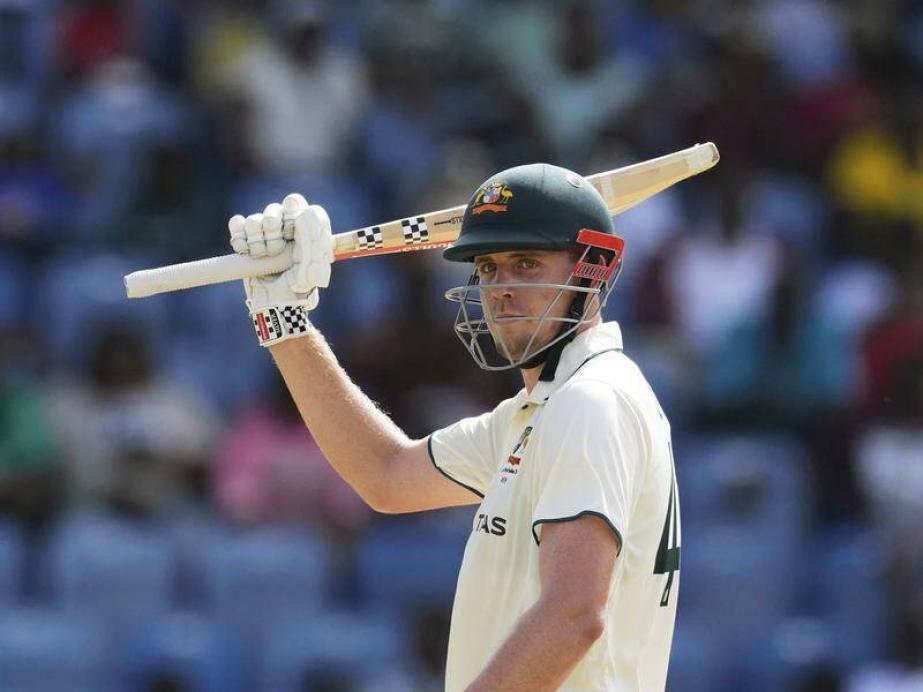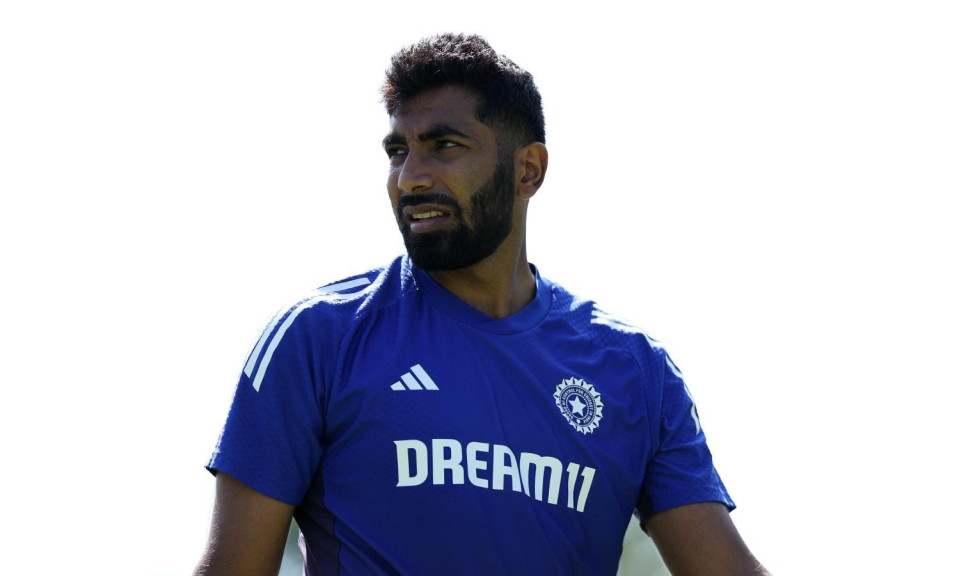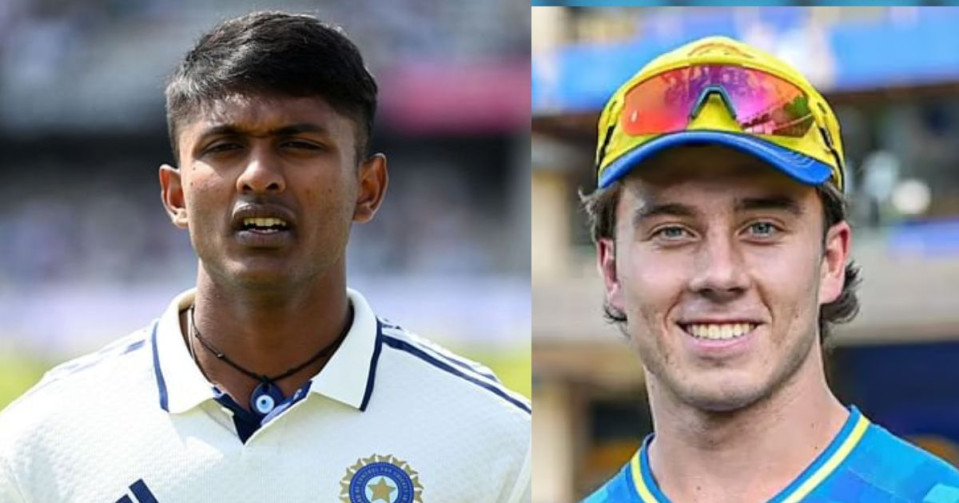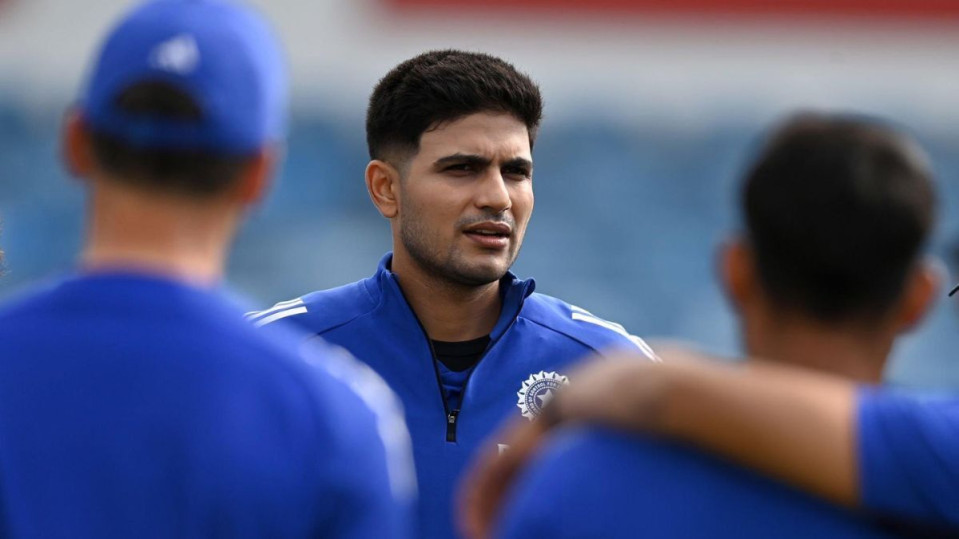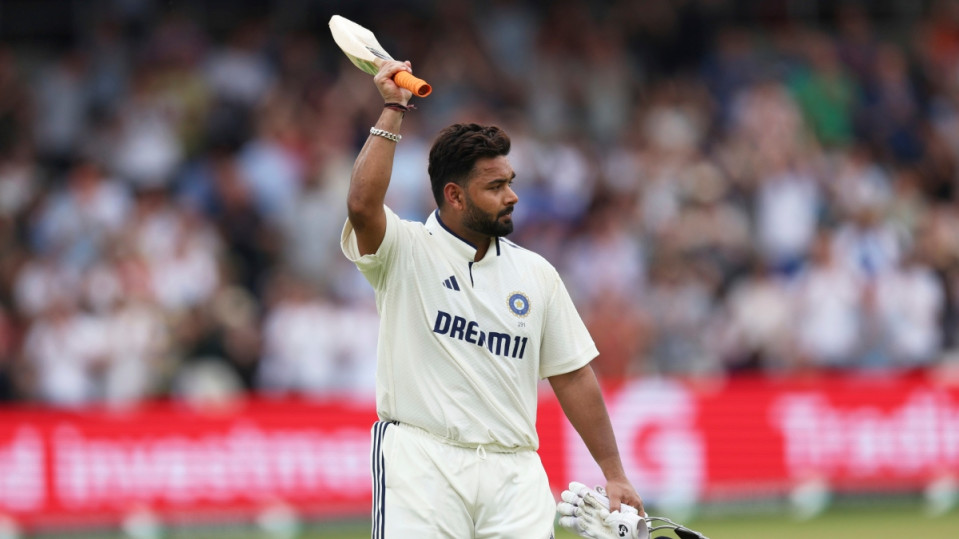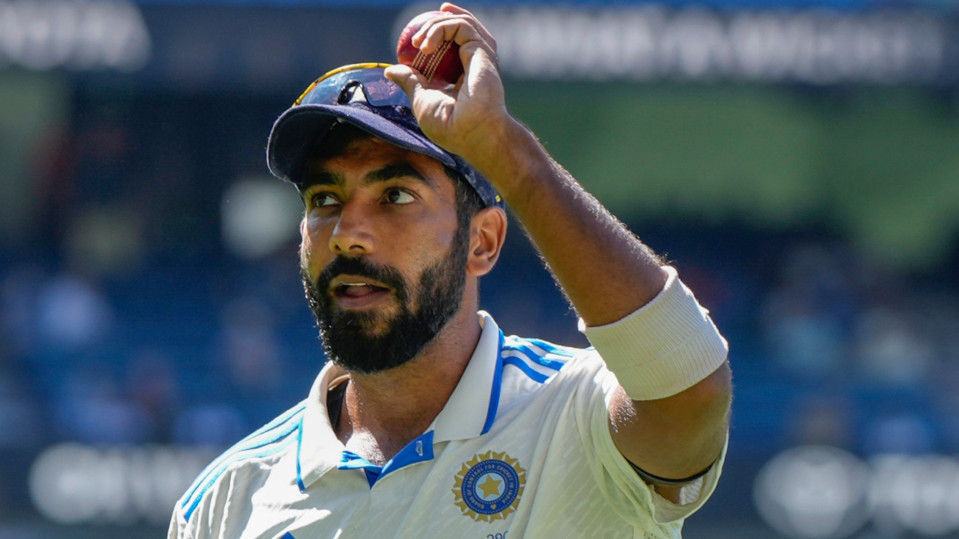The question has again arisen whether Australia should play Cameron Green at number three in Test cricket or it will be better to send him down the order again. If one looks at his batting of the last few months, it is not easy to give an opinion on this. The 26-year-old's innings of 52 runs against West Indies in the second innings of the second Test certainly gave some hope, but before this, in four consecutive innings, he could score only 4, 0, 3 and 15 runs.
Green had scored three centuries and an unbeaten 67 at number 5 in county cricket for Gloucestershire. His confidence was visible there. His 174* against New Zealand while playing at number 4 also comes to mind. These figures prove that the all-rounder can play long innings according to the situation and order. Captain Pat Cummins has also said to try him at number three for a long time.
However, number three is a place where the batsman has to face a new ball, fresh bowlers and difficult conditions. This is the problem seen with Green. The coach had said that he can play at any position, but his knack of playing with hard hands, lack of footwork, and the angle at which his bat comes down expose his technical weaknesses. Green knocking off to slip or edging to the wicketkeeper against Shamar Joseph and Kagiso Rabada have proved this.
If one looks at the old No. Three batsmen — like Ricky Ponting or Rahul Dravid — Green is different from them. Ponting scored at an average of 56 at number three. On the other hand, Dravid has 33 centuries at that position. Green has an average of 34.52, but this is a mixed average of several positions. His stats at No. 3 are still weak.
Some say that considering the Western Australians' all-round ability, it would be more sensible to make him bat at number four or five. In 2022, he took five wickets against South Africa. Although he is not bowling right now due to back surgery, when he returns to bowling, he will be able to contribute in both bowling and batting at number four or five. Green proved this in county cricket against Essex.
Many people on social media are calling it a joke to play him at number three. Veterans like Greg Blewett and Adam Gilchrist also clearly said that Australia should not keep Green at number three. If Bo Webster is playing well at number 6, then Green should get a chance again at number 5 or 6. From there, he can settle down and handle the bowling load as well.
We think Green has the ability, but he should be given the freedom to play in the right order. Despite his constant struggle at number three, if the captain and team management show faith in him, then he can score big. But if Green does not get runs again in the next few Tests, then it would be better to bring him immediately to number four or five. Otherwise his confidence will waver, and Australia's top order problems will also continue.
It is good to think of Green as an all-rounder like Jacques Kallis, but Kallis never played at number three for long. He shone at number four or five in Test cricket. Australia should also have the same thinking. It would be better to use his strengths in the right place rather than trying him at such a position again and again, putting pressure on themselves as well as the player. However, there is also a thing to consider, that Steve Smith is batting at number four, followed by Travis Head at five. If Green does not bat at number three, then who else is the option currently, with Marnus Labuschagne sidelined? And if the all-rounder is slated at number six, then Beau Webster has to be sidelined, which also reduces your bowling options, as Green is not bowling. So, there are things to consider for Australia.
